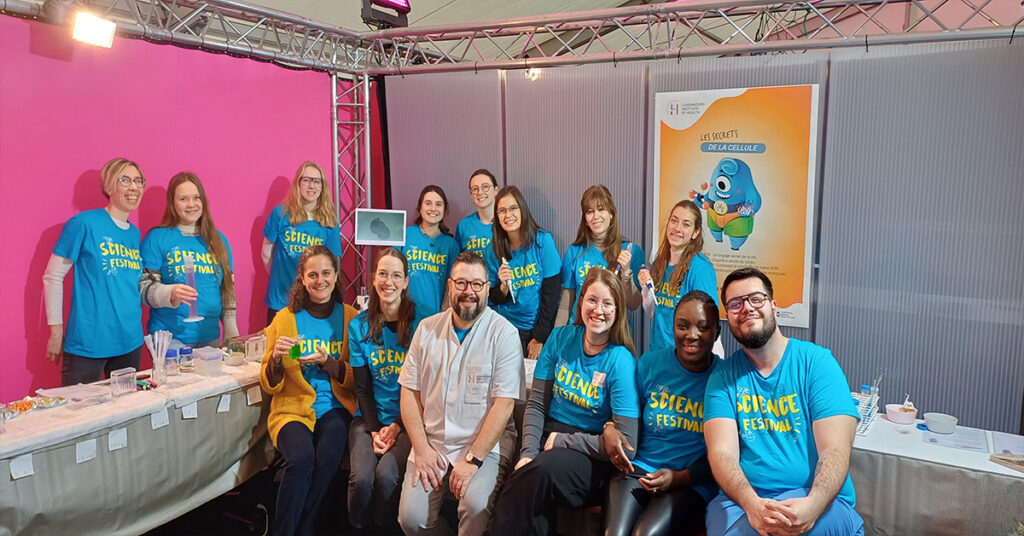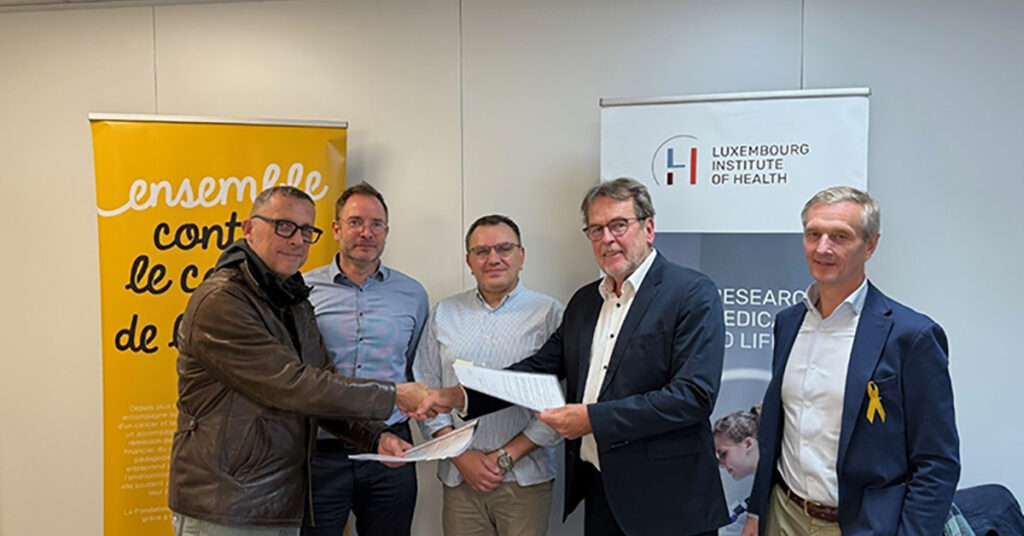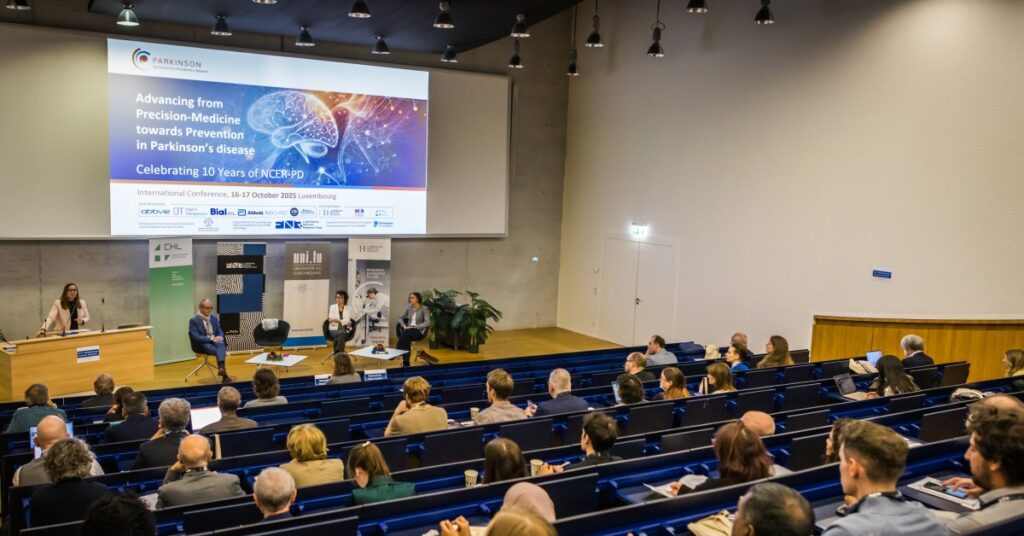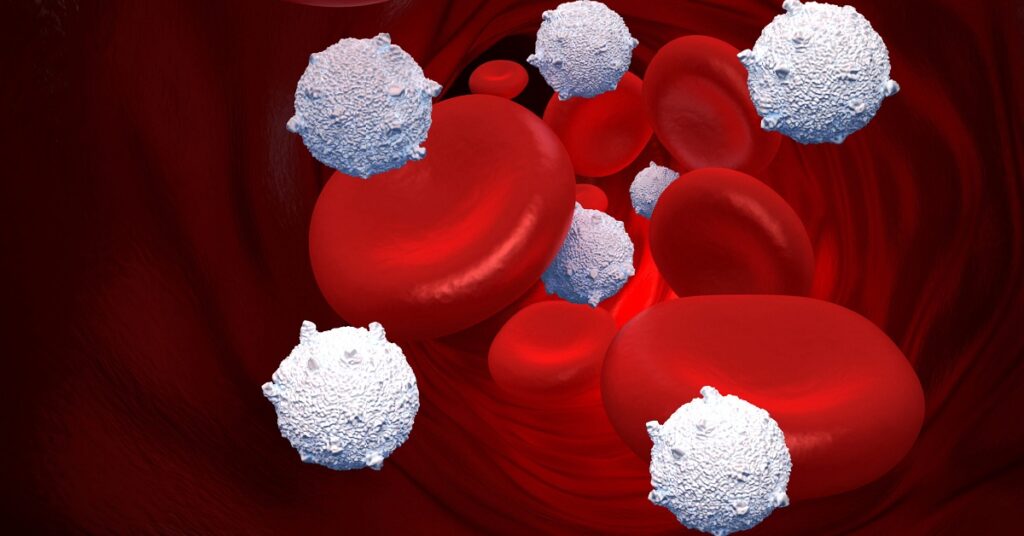News
Understanding brain immunity to advance Parkinson’s disease treatment
LIH scientists elucidate the link between DJ-1, microglia and inflammation in PD
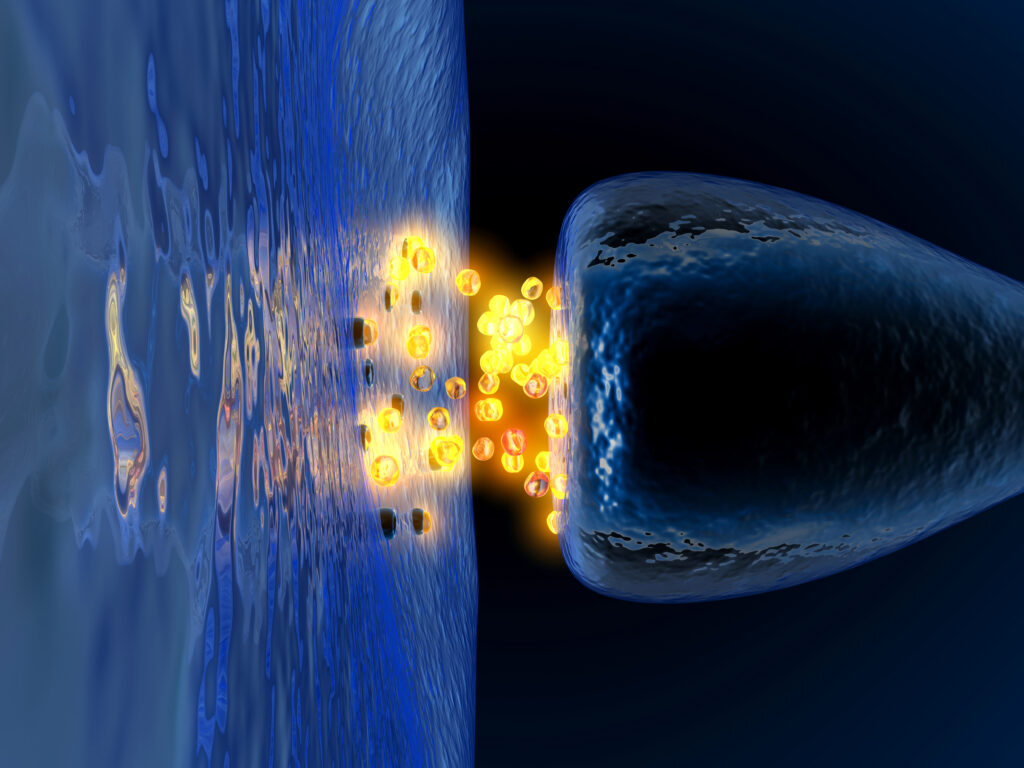
In a major stride towards understanding Parkinson’s disease (PD), scientists from the Neuro-Immunology Group at the LIH Department of Cancer Research (DoCR) have uncovered how microglia, the brain’s primary immune cells, react under genetic stress and inflammatory conditions. The findings, which were published in the Journal of Neuroinflammation, could pave the way for innovative therapeutic approaches targeting these cells to potentially slow down progression of this debilitating disorder.
Parkinson’s disease (PD) is the second most common neurodegenerative disease, characterised by the accumulation of α-synuclein in Lewy bodies and the gradual loss of dopaminergic neurons. The primary risk factor is aging, as well as key genetic factors such as a faulty PARK7 gene, encoding the DJ-1 protein, which is involved in several cellular processes, including protection against oxidative stress. DJ-1 deficiencies are known to cause early-onset PD, but could also be responsible for a larger spectrum of PD cases. Moreover, other environmental factors such as pesticide exposure and certain bacterial and viral infections are thought to contribute to the increasing incidence of PD. Indeed, one of the hallmarks of the brains of PD patients is the presence of heightened neuroinflammation, including activated microglia, the principal immune cells of the central nervous system.
“Under threatening conditions, microglia rapidly react and undergo several morphological and functional changes, thereby becoming activated to effectively clear the threat. Knowing all this, we sought to unravel the relationship between multiple PD risk factors, and hypothesised that the lack of PARK7/DJ-1 influences microglia activation under inflammatory conditions, thereby exploring the link between genetic factors and the immune system underlying this complex neurodegenerative disease”, explains Frida Lind-Holm Mogensen, doctoral candidate in the Neuro-Immunology Group and first author of the publication.
To test their hypothesis, the research team investigated the various functional and morphological changes of microglia in mice lacking PARK7/DJ-1, both under normal conditions and when subjected to inflammation, compared to healthy mice. They found that microglia in PARK7/DJ-1 deficient mice displayed the downregulation of several genes involved in inflammatory and cellular stress responses at midlife, thereby resulting in an impaired ability to mount effective immune responses and protect against oxidative stress. Moreover, these cells showed a less prominent amoeboid shape, typical of healthy activated microglia in response to inflammation. Conversely, older mice exhibited an overactive inflammatory response, highlighting an age-dependent dysfunction in these immune cells when DJ-1 is lacking. Even without inflammatory triggers, DJ-1 deficient microglia displayed a more branched morphology, indicative of chronic stress, and an impaired interferon response, suggesting a baseline dysfunction in these cells due to the lack of DJ-1. The research team also confirmed these results in human microglial cells with the same genetic mutation, highlighting the translational dimension of their findings.
Taken together, our results show that, under inflammatory conditions, microglia lacking PARK7/DJ-1 are subjected to increased oxidative stress, which significantly alters their responses to inflammation, leading to neuroinflammation, neurodegeneration and potentially contributing to the onset and progression of PD. Interestingly, low DJ-1 levels and its over-oxidized forms have been reported in patients with PD, suggesting that this protein may indeed play an important role in explaining the onset of PD in a broader range of cases“
concludes Dr Alessandro Michelucci, leader of the Neuro-Immunology Group and corresponding author of the publication.
The study’s insights into how DJ-1 deficiency affects microglia could inform new therapeutic strategies. Indeed, compounds that enhance DJ-1 function or modulate the affected pathways might normalise microglial responses, offering hope for slowing PD progression.
Looking forward, the team plans further investigations to delve deeper into how these molecular and morphological changes in microglia impact their functions and the surrounding neuronal network, thereby enhancing our understanding of microglial dysfunction in PD.
The research article was published in the Journal of Neuroinflammation with the full title “PARK7/DJ-1 deficiency impairs microglial activation in response to LPS-induced inflammation“.
Funding and collaborations
The study was carried out in collaboration with the Luxembourg Centre for Systems Biomedicine (LCSB), the University of Luxembourg, the Laboratoire National de Santé (LNS), as well as several other prestigious international partners. It was funded through grants from the Luxembourg National Research Fund (FNR), the Fondation du Pélican de Mie et Pierre Hippert-Faber (Fondation de Luxembourg), the CMCM (Caisse Médico-Complémentaire Mutualiste Luxembourg), the Deutsche Zentrum für Psychische Gesundheit (DZPG) and the Action LIONS « Vaincre le Cancer » Luxembourg.

